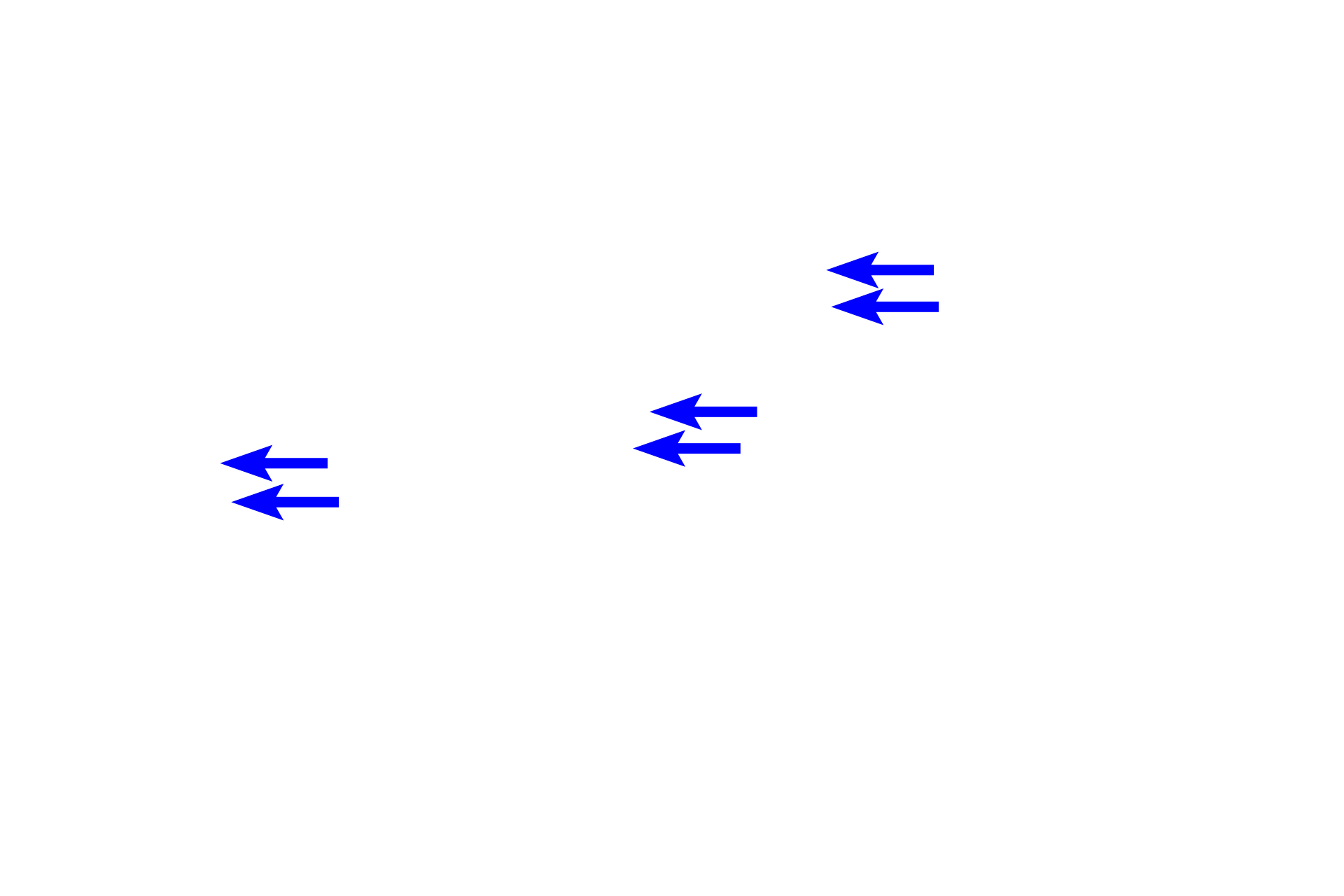
Cardiac muscle
Cross sections of cardiac muscle fibers at high magnification show centrally-located nuclei surrounded by myofibrils. The high resolution of this image reveals individual myofibrils. Cardiac muscle fibers are surrounded by a connective tissue endomysium and, like skeletal and smooth muscle fibers, also produce an external lamina. Large numbers of capillaries are also present. 1000x

Muscle fibers >
Cardiac muscle fibers possess many of the same components as skeletal muscle, although cardiac fibers are not as heavily striated. Myofibrils in cardiac muscle fibers contain thin and thick myofilaments that are organized and function as they do in skeletal muscle fibers. Cardiac muscle fibers differ from skeletal by having centrally-located nuclei and branching fibers.

- Nuclei
Cardiac muscle fibers possess many of the same components as skeletal muscle, although cardiac fibers are not as heavily striated. Myofibrils in cardiac muscle fibers contain thin and thick myofilaments that are organized and function as they do in skeletal muscle fibers. Cardiac muscle fibers differ from skeletal by having centrally-located nuclei and branching fibers.

- Myofibrils
Cardiac muscle fibers possess many of the same components as skeletal muscle, although cardiac fibers are not as heavily striated. Myofibrils in cardiac muscle fibers contain thin and thick myofilaments that are organized and function as they do in skeletal muscle fibers. Cardiac muscle fibers differ from skeletal by having centrally-located nuclei and branching fibers.

Blood vessels
Cardiac muscle fibers possess many of the same components as skeletal muscle, although cardiac fibers are not as heavily striated. Myofibrils in cardiac muscle fibers contain thin and thick myofilaments that are organized and function as they do in skeletal muscle fibers. Cardiac muscle fibers differ from skeletal by having centrally-located nuclei and branching fibers.

Connective tissue
Cardiac muscle fibers possess many of the same components as skeletal muscle, although cardiac fibers are not as heavily striated. Myofibrils in cardiac muscle fibers contain thin and thick myofilaments that are organized and function as they do in skeletal muscle fibers. Cardiac muscle fibers differ from skeletal by having centrally-located nuclei and branching fibers.